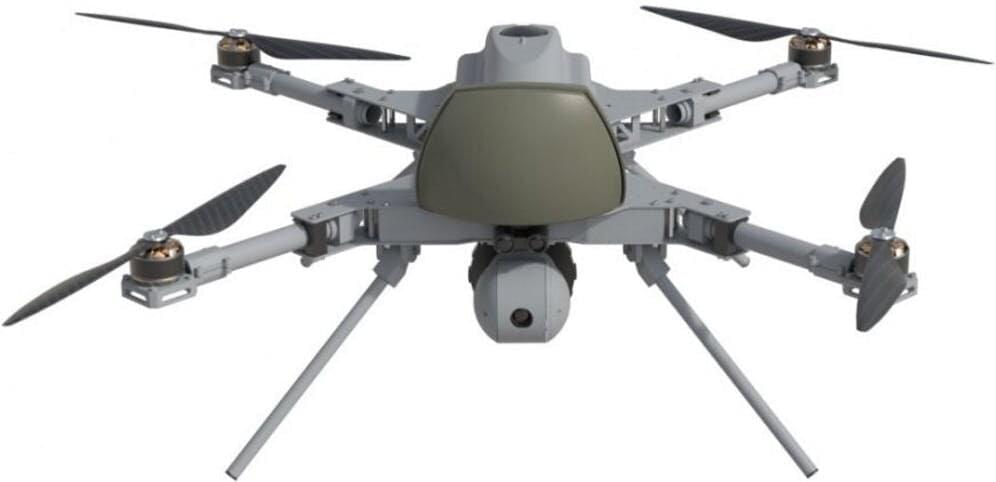Dec 24, 2021
Developing an ultra-scalable artificial synapse
Posted by Dan Kummer in categories: internet, robotics/AI
A research team, led by Assistant Professor Desmond Loke from the Singapore University of Technology and Design (SUTD), has developed a new type of artificial synapse based on two-dimensional (2D) materials for highly scalable brain-inspired computing.
Brain-inspired computing, which mimics how the human brain functions, has drawn significant scientific attention because of its uses in artificial intelligence functions and low energy consumption. For brain-inspired computing to work, synapses remembering the connections between two neurons are necessary, like human brains.
In developing brains, synapses can be grouped into functional synapses and silent synapses. For functional synapses, the synapses are active, while for silent synapses, the synapses are inactive under normal conditions. And, when silent synapses are activated, they can help to optimize the connections between neurons. However, as artificial synapses built on digital circuits typically occupy large spaces, there are usually limitations in terms of hardware efficiency and costs. As the human brain contains about a hundred trillion synapses, it is necessary to improve the hardware cost in order to apply it to smart portable devices and internet-of things (IoTs).


















